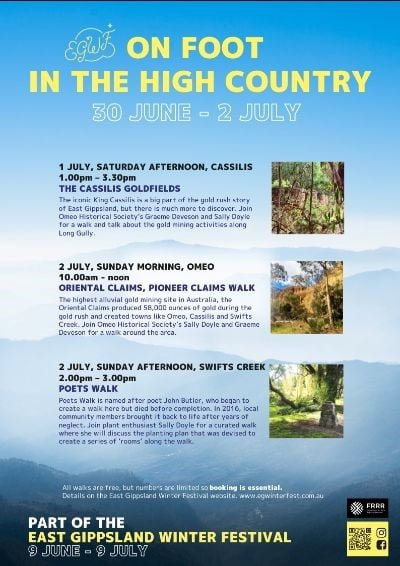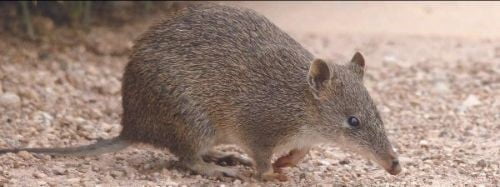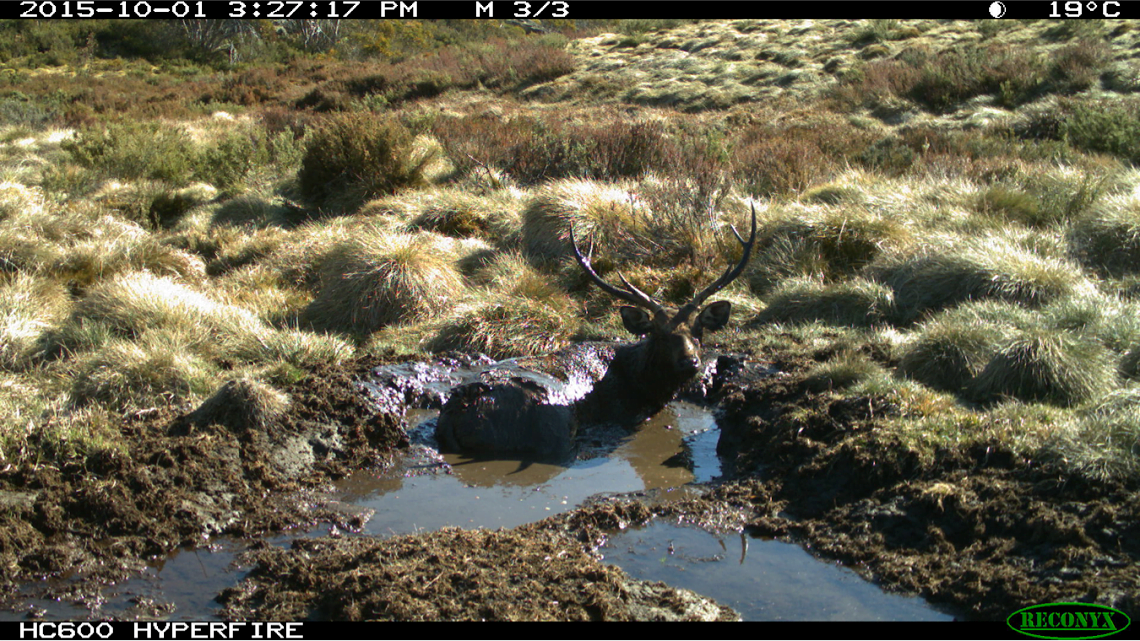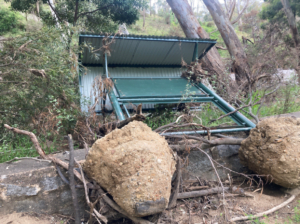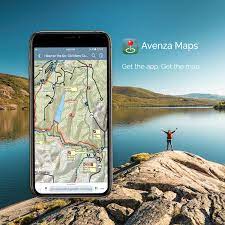
Workshops: Using your Smartphone for Navigation
Westerfolds Park, Fitzsimmons Lane, Templestowe.
Sundays, March 12 or April 2, 9:00 am to 3:00 pm
In this Workshop we will look at how GPS satellite navigation works – the theory, practicalities, advantages and limitations. We will discuss a variety of free smartphone mapping/navigation apps, including Avenza, maps.me, and Terra Map. An outdoor practical exercise will be included. Detailed notes, activity sheets and map will be supplied.
These workshops are open to all club members and Individual Bushwalking Victoria members.
Registration for the March 12 Workshop opens at 9.00am on Saturday February 4 via this link.
Registration for the April 2 Workshop opens at 9.00am on Saturday February 18 via this link.
When registering online, you will need to provide your Name, Mobile Number, Club or Individual BWV Member status and Make and Model of your Smartphone.
Enquiries: bushnavigationandmaps@iinet.net.au
IMPORTANT: After registration, successful applicants will be provided with information on what to bring. They will also receive detailed instructions on phone setup. Preparation and pre-reading MUST be completed BEFORE the workshop. You must already be familiar with basic map/compass navigation and be conversant with your own smartphone e.g. be able to update software and install new apps.


